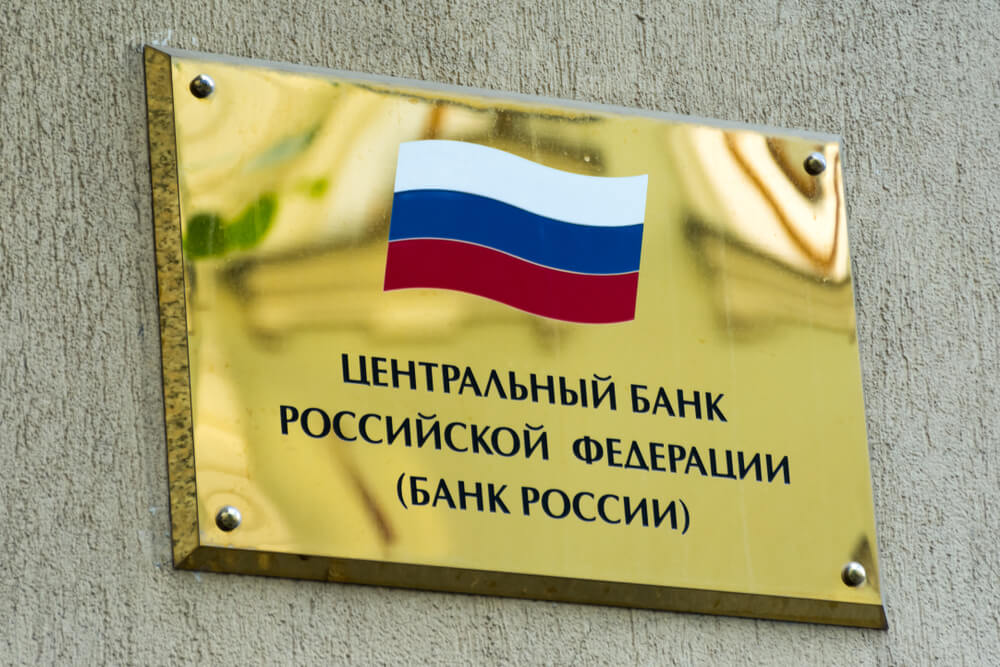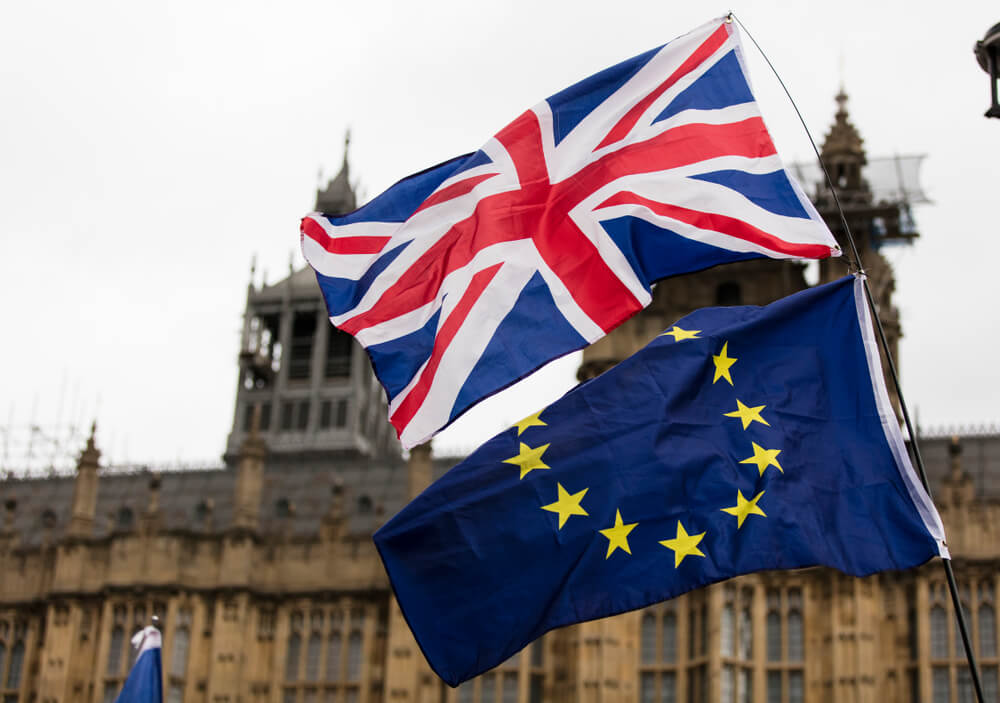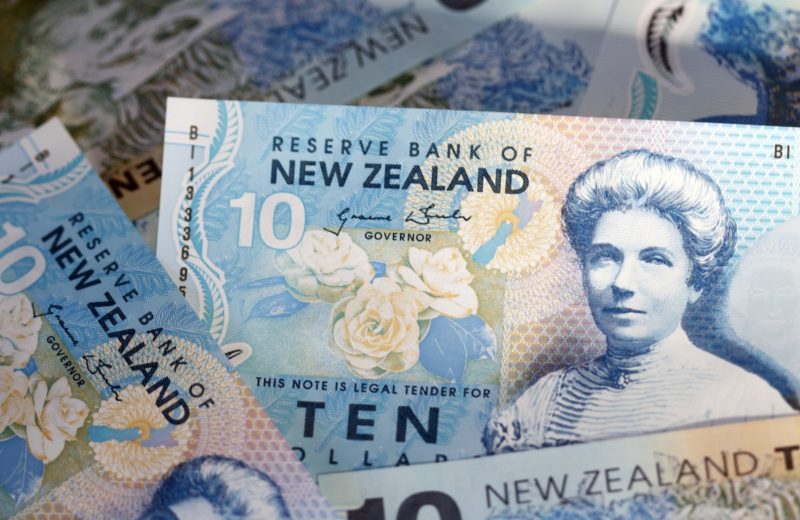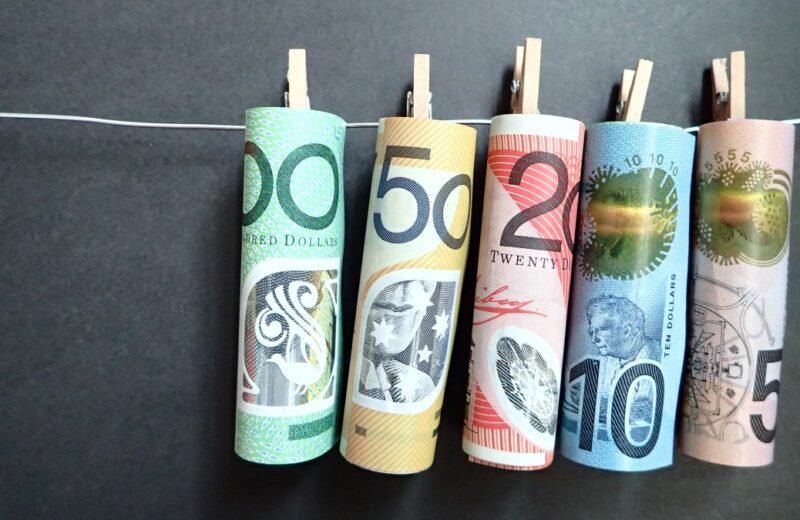The Bank of Russia motioned that it could possibly cut the key interest rate again later in October. This is after the annual inflation slowed down from the central bank’s target level of 4%.
On the other hand, the central bank indicated more future easing. It will be at one of its next three meetings after it cut rates in September.
In a news report on last Friday, First Deputy Governor Ksenia Yudaeva said, “Looking now, although there are a lot of one-off factors, we see inflation easing.”
She also added, “Overall risks are either balanced or declining. Financial market risks are also under control.”
This year, after the 75 basis points of easing, Russia still has one of the highest real interest rates in emerging markets. Moreover, its high borrowing costs are taking a toll on development.
Meanwhile, economists at Goldman Sachs cautioned this week that the central bank needs to cut rates more aggressively.
Difficulties Due to The Drop-in The Inflation
A Moscow-based economist at Goldman, Clemens Grafe, said, “Policymakers need to acknowledge that it’s also a problem if inflation falls below target.”
In addition, he said, “They always want to be on the cautious side and build buffers.”
Before Yudaeva’s comments, three of the 18 analysts in another investigation were forecasting a 25 basis-point cut.
The plan will be at the central bank’s next rates meeting on October 25, with the rest anticipating no change.
Meanwhile, one economist shifted their calculation to a cut on Friday afternoon.
The central bank needs accuracy regarding the budget spending plans for next year. This is to make its verdict about future rate cuts, Yudaeva stated earlier on Friday.
A possible jump in spending at the end of 2019 will feed into this year’s inflation numbers, she added.
The Economy Ministry, which is pushing for deeper cuts, evaluates that the inflation may perhaps decelerate. In their evaluation, the reduction might be up to below 3% next year.
















